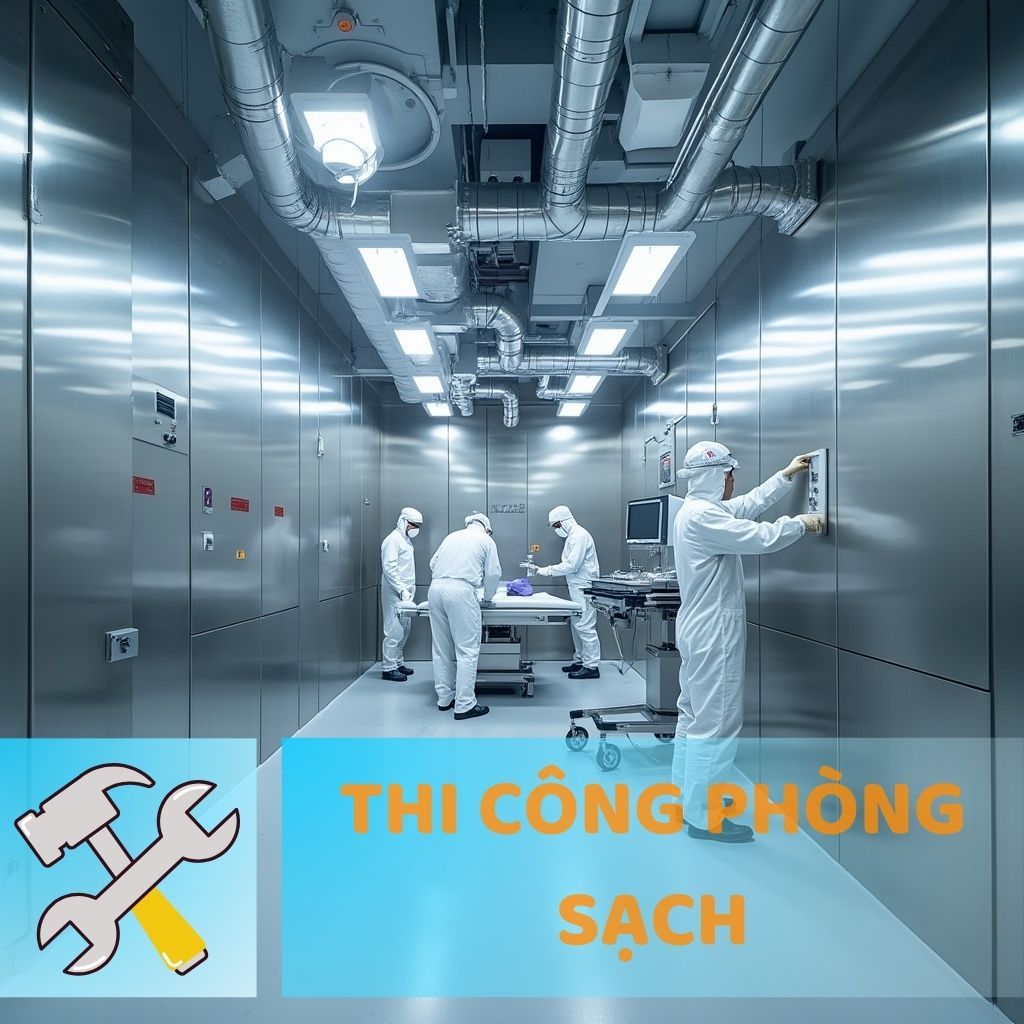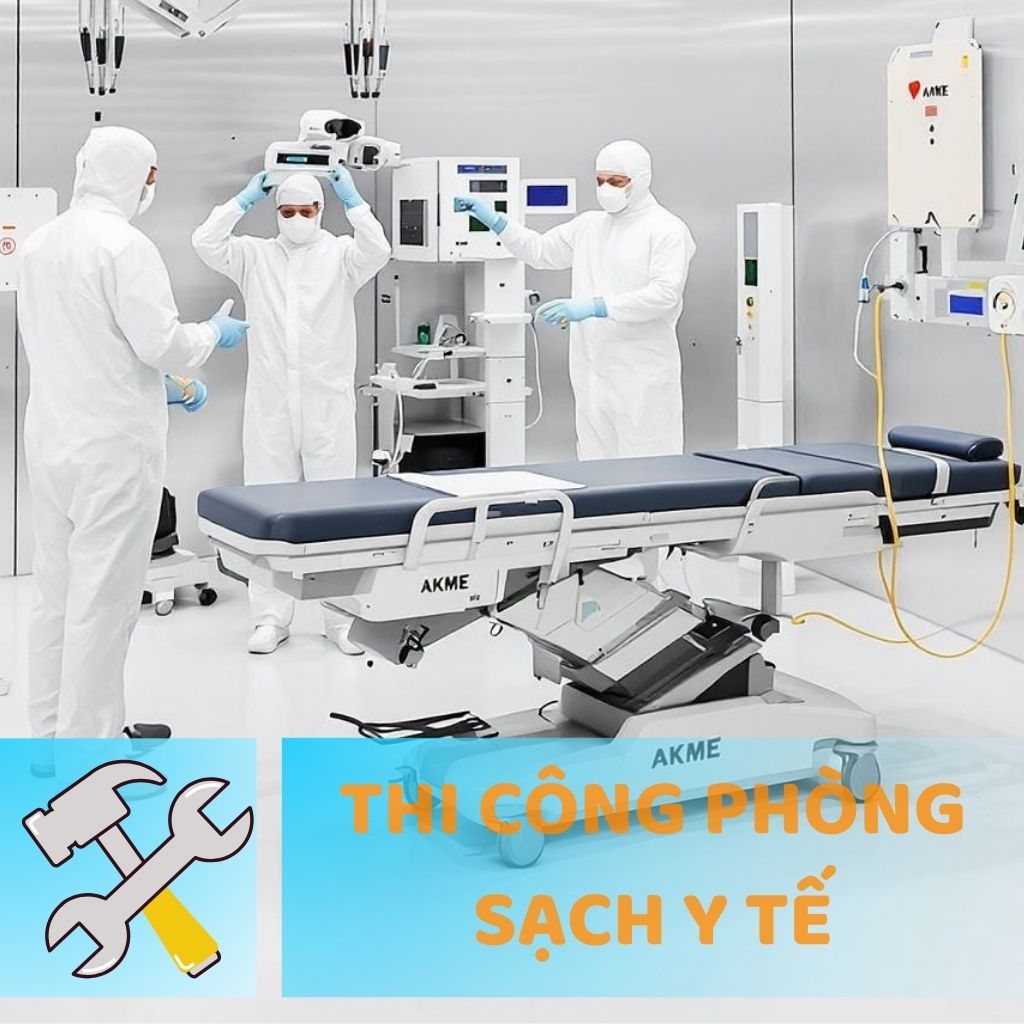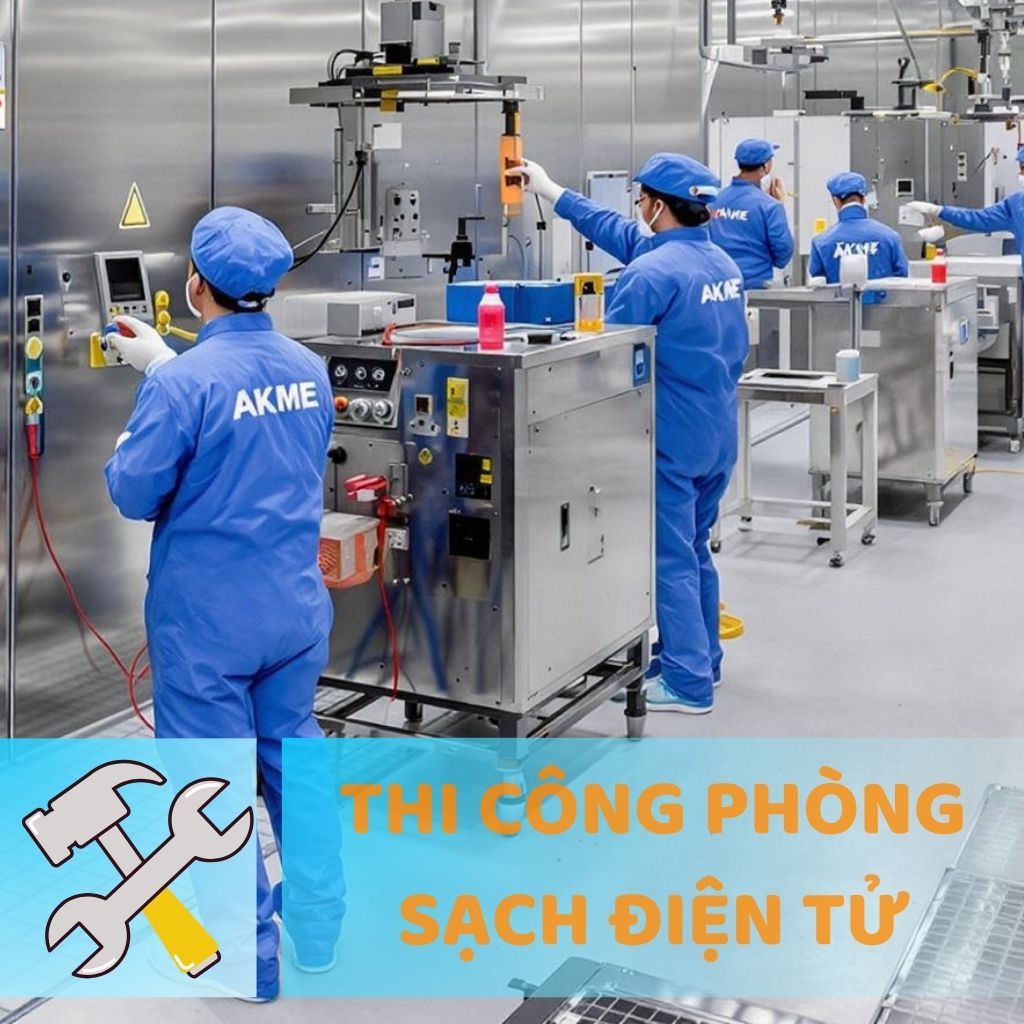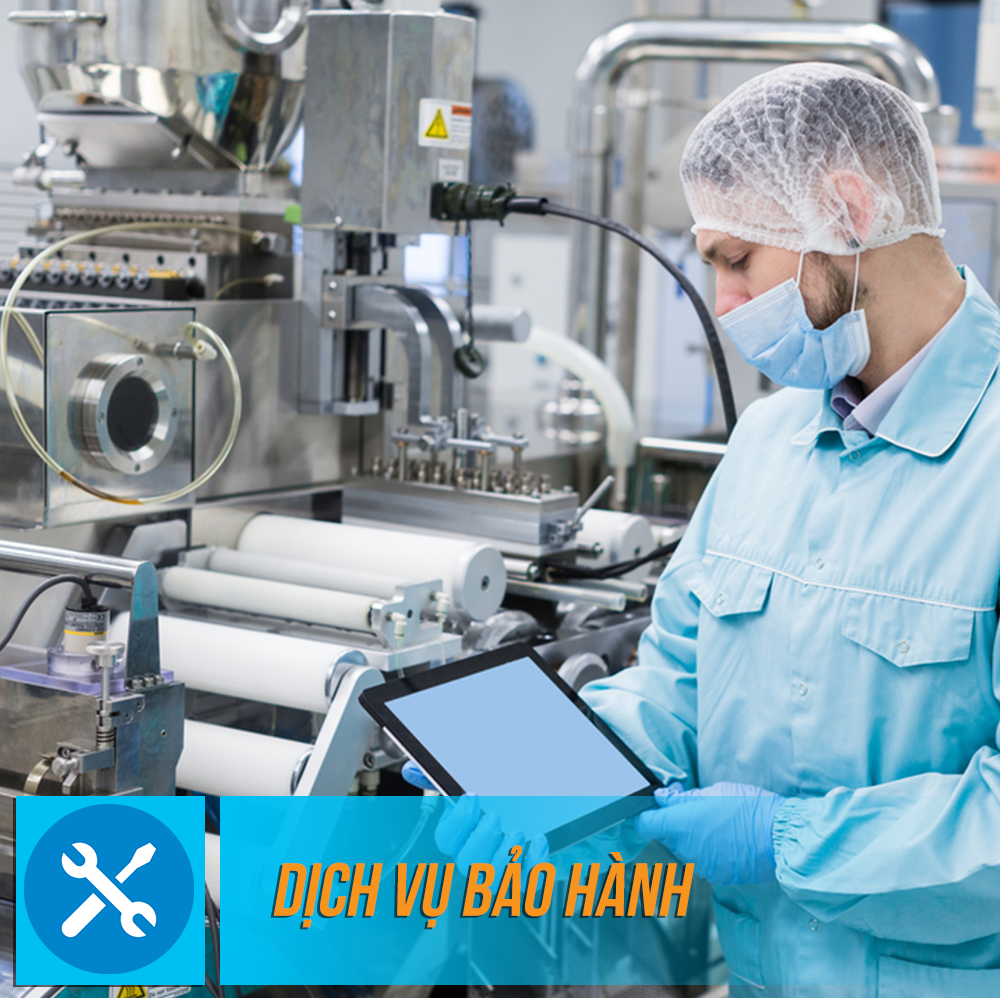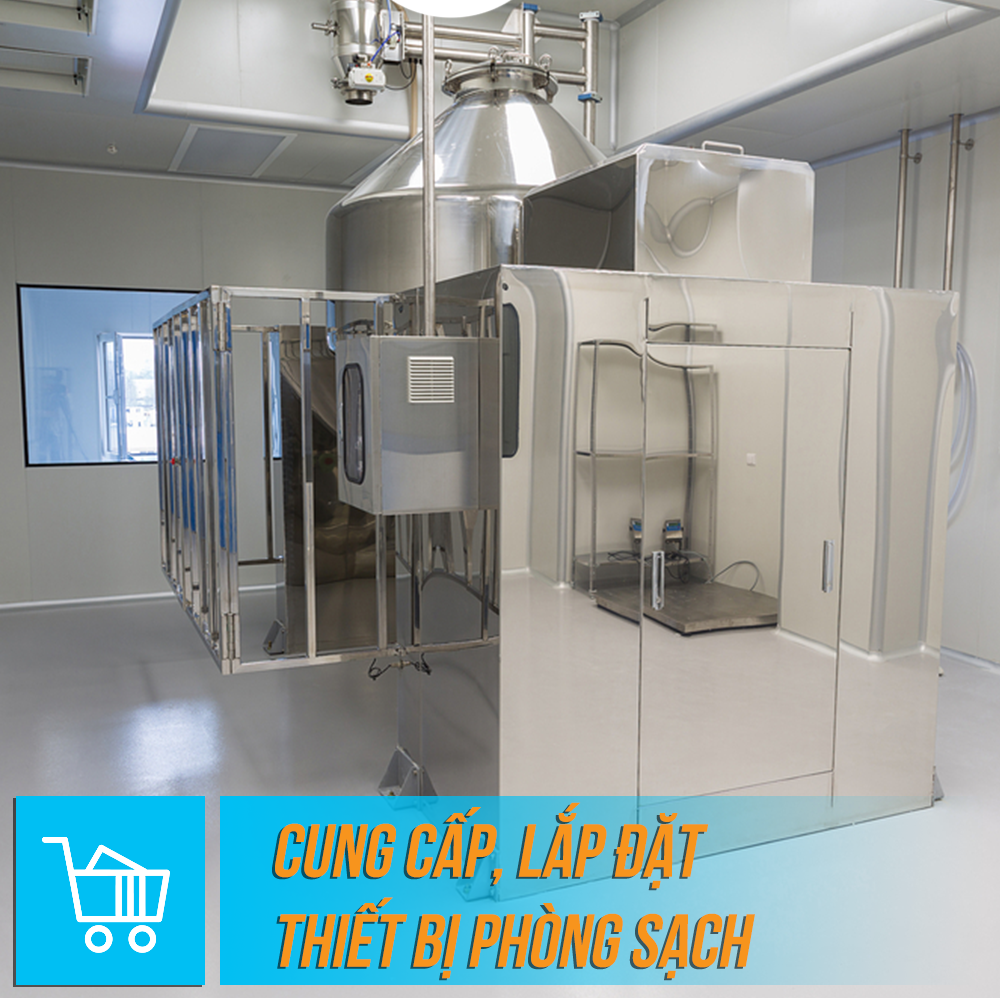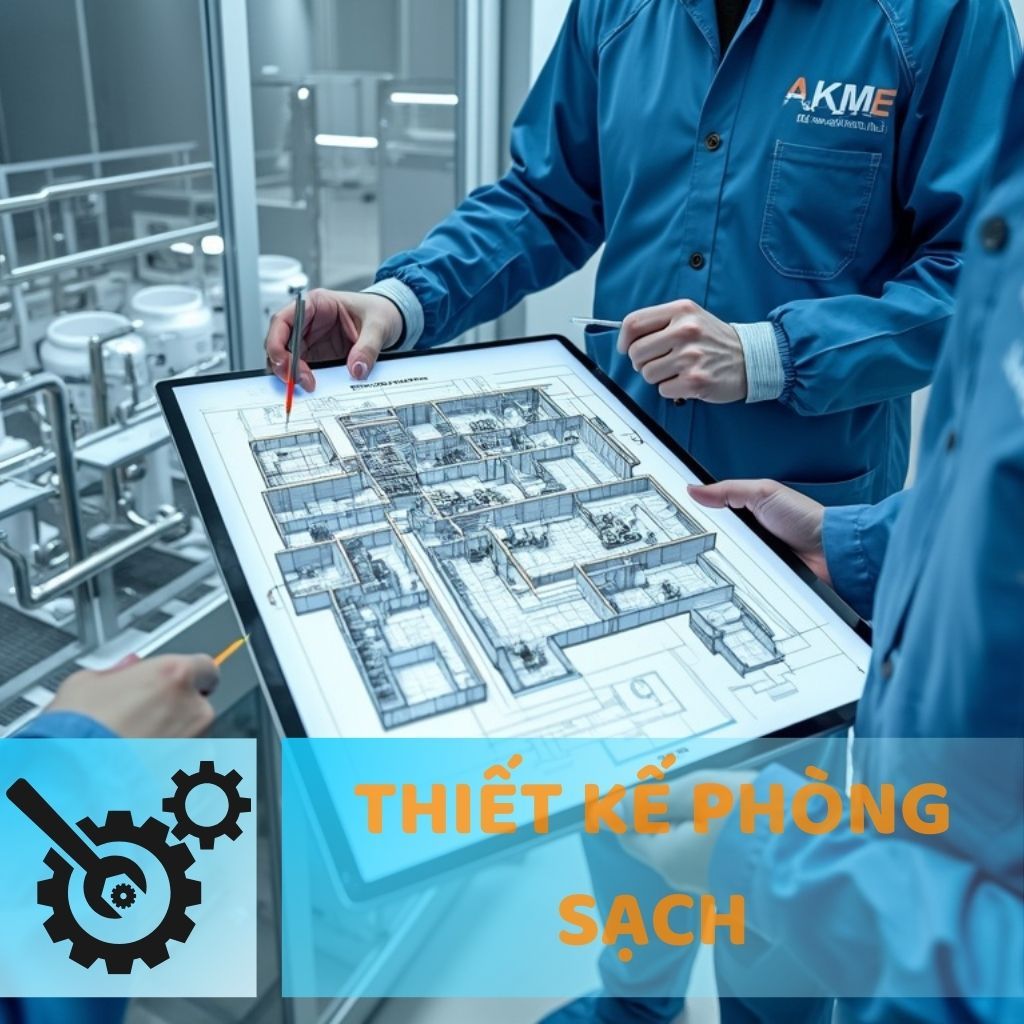Current Status of Measuring H2O2 Concentration in Biological Sterilization Processes: An In-Depth Look from Practice
16:12 - 22/09/2025 389
Investigate the methods and challenges in measuring the concentration of vapor and mist of H₂O₂ for biological disinfection processes, along with modern monitoring technologies.
Tersicoccus phoenicis: Dormant Bacteria Challenges NASA's Sterile Process
Sustainable Packaging for Cleanrooms: Optimization & Innovation
Vietnam's Amended Pharmacy Law: Important amendments & opportunities for businesses
The Future of Cleanroom Technology: Tools, Trends, and Emerging Innovations
☰ Table of Contents
- 1. The Realities of Measuring H2O2 Concentration in Biodecontamination Processes: In-Depth Insights from Practice
- 1.1. Fundamental Differences: Mist and Vapor
- 1.2. High Concentration Measurement: Reality and Challenges
- 1.3. Biological and Chemical Indicators: The Gold Standard in Validation
- 1.4. Low Concentration Measurement: An Indispensable Safety Factor
- 1.5. Modern Measurement Technology: Notable Advances
- 1.6. Overall Vision: A Holistic Approach
The Realities of Measuring H2O2 Concentration in Biodecontamination Processes: In-Depth Insights from Practice
Hydrogen peroxide (H2O2) is recognized as a powerful oxidizing agent and the leading effective biodecontamination technology in modern industry. The widespread application of this substance in decontamination processes is based not only on superior antimicrobial efficacy but also on special advantages such as rapid cycle times, excellent material compatibility, and the property of leaving no residue as H2O2 vapor decomposes into oxygen and water vapor.
However, measuring H2O2 concentration in biodecontamination applications presents many technical and practical challenges that experts need to understand clearly to ensure process effectiveness and safety.
Fundamental Differences: Mist and Vapor
Currently in the market, there exist many different decontamination systems using hydrogen peroxide as the decontamination agent, but not all operate according to the same principle. Some systems rely on spraying hydrogen peroxide in the form of spray or mist instead of true vapor, which creates significant differences in effectiveness and impact on materials.
Many people often assume that any biodecontamination system using hydrogen peroxide is similar, but this is not the case. The method of introducing hydrogen peroxide into the environment requiring decontamination has profound impacts on the effectiveness of the biodecontamination process as well as effects on materials in the room.
When decontaminating rooms with hydrogen peroxide in vapor form, the concentration of disinfectant used is typically around 35% w/w. This is a relatively high concentration compared to the concentration used when hydrogen peroxide is introduced in spray or mist form, where much lower concentrations in the range of 5-12% are used. Lower concentrations are used to avoid longer cycle times, because there is no ventilation equipment to remove peroxide.
With some hydrogen peroxide vapor (HPV) decontamination systems, the goal is to inject a sufficient amount of vapor into the environment to reach the dew point, when air is saturated with vapor. This leads to the formation of a uniform micro-condensation layer on all contact surfaces in the decontaminated environment. It is this formation of micro-condensation on surfaces that creates an extremely effective decontamination cycle within a relatively short timeframe.
High Concentration Measurement: Reality and Challenges
Measuring high concentrations inside the room is commonly performed during HPV decontamination. As stated above, we can understand that the important parameter is the formation of micro-condensation on surfaces rather than targeting a specific concentration (ppm) of hydrogen peroxide in the air.
This means that hydrogen peroxide sensors do not measure the important parameter, which is peroxide concentration on surfaces rather than in the air. However, high-level monitoring is often performed during HPV decontamination because it is useful for monitoring the shape of the peroxide concentration curve as it can be used to determine the point at which saturation occurs.
Experts in this field recognize that monitoring concentration curves can provide valuable information about cycle effectiveness, although it is not the primary determining parameter. This is particularly important during cycle development phases and process validation.
Biological and Chemical Indicators: The Gold Standard in Validation
The accepted method for verifying the effectiveness of hydrogen peroxide vapor decontamination processes includes using 6-log Geobacillus stearothermophilus biological indicators placed at challenge locations throughout the target area. Challenge locations may include high-touch points, hot and cold spots, and areas difficult for vapor distribution such as room corners.
Biological indicators (BIs) consist of a metal disk placed inside a vapor-permeable Tyvek pouch, inoculated with bacterial spores highly resistant to decontamination processes. Regardless of hydrogen peroxide concentration in the area, the goal of the decontamination process is to inactivate and kill microorganisms.
Therefore, decontamination cycle effectiveness should always be verified or validated using BIs (or calibrated chemical indicators) rather than measuring hydrogen peroxide concentration in air. In fact, EN 17272:2020 on chemical disinfectants and antiseptics specifies that even when automated air-borne decontamination systems have passed all or part of the described test methods, the system and provided cycles must be validated in individual areas (e.g., hospital rooms or animal cages) in practice to be decontaminated using appropriate validated biological or chemical indicators.
However, the disadvantage of biological indicators is that they must be incubated for 7 days and show no signs of growth during that time, before a decontamination cycle can be considered successful. While this may be acceptable when validating cycles for future use, there will be other cases when waiting is impractical.
In these cases, quantitative chemical indicators (CIs) can be used, providing immediate results to confirm cycle effectiveness. Some chemical indicators include a card piece impregnated with ink that reacts to the presence of hydrogen peroxide by undergoing color change. Since most chemical indicators only react to the presence of hydrogen peroxide on a present/absent basis, they are limited in their ability to verify decontamination cycles.
To accurately verify decontamination cycles, CIs must be calibrated against biological indicators to provide equivalent log reduction levels.
Low Concentration Measurement: An Indispensable Safety Factor
Measuring low hydrogen peroxide concentrations in the decontaminated area at the end of the cycle is an extremely important safety measure to ensure the room is safe for re-entry and should never be overlooked. However, this measurement should be performed using dedicated handheld low-level sensors rather than area sensors.
This is because high-level H2O2 sensors inside the decontaminated environment often become saturated when exposed to high levels of hydrogen peroxide vapor, and may become inaccurate in determining the precise cycle endpoint. There is often a delay between the point where hydrogen peroxide concentration in the room drops below the operator exposure limit (OEL) <1ppm, and when the sensor detects this. If low-level sensors are not used, the avoidable consequence is longer cycles.
It is also important to consider that at the end of the decontamination cycle there may be pockets of higher vapor concentration that fixed-position sensors inside the area will not detect. Operators equipped with handheld low-level sensors will walk around the entire area to ensure concentrations are below the OEL, and confirm that it is safe for reuse.
Low-level H2O2 monitoring is also extremely important during decontamination cycles to monitor the perimeter of the decontaminated area for any potential leaks and corresponding actions.
Modern Measurement Technology: Notable Advances
In recent years, the industry has witnessed the development of many advanced measurement technologies for monitoring H2O2 concentrations. Near-infrared (NIR) spectroscopy technology has been proven to be an effective method, with hydrogen peroxide having a strong absorption peak at around 1420 nanometers.
Vaisala's PEROXCAP® technology combines two different types of humidity sensors - one with a catalytic layer and one without - to overcome the limitations of individual sensors. This combination allows accurate measurement of both relative humidity and saturation as well as vH2O2 concentration.
Modern monitoring systems such as ClearView db® VHP/HPV provide comprehensive solutions for measuring hydrogen peroxide and water concentrations in vapor phase in real-time. This eliminates guesswork in determining H2O2 and H2O concentrations during cycle development and throughout actual decontamination cycles.
Overall Vision: A Holistic Approach
In summary, hydrogen peroxide sensors do not measure the important parameter in decontamination cycle performance, which is peroxide concentration on surfaces rather than in air. Whether using true vapor technology or mist/spray leading to longer cycle times, biological indicators and calibrated chemical indicators should always be the primary method for verifying or validating decontamination cycle effectiveness.
Using low-level sensors to measure hydrogen peroxide concentration inside the decontaminated area at the end of the cycle to confirm the area is safe for re-entry is extremely important. This not only ensures staff safety but also complies with strict occupational safety regulations.
The development of new measurement technologies and better understanding of the fundamental principles of H2O2 decontamination are opening opportunities to improve the effectiveness and reliability of biodecontamination processes. However, applying a balanced approach, combining advanced technology with traditional validation methods, remains the key to achieving optimal results in practice.
 | ANH KHANG CLEANROOM MECHANICAL & ELECTRICAL JOINT STOCK COMPANY Hotline: 1900 636 814 - 0902 051 222 Email: info@akme.com.vn Website: akme.com.vn Add: Lot B7 - Xuan Phuong Garden - Phuong Canh - Nam Tu Liem - Hanoi. |
12:05 - 28/11/2019 47275
Cleanroom Design and Construction
14:05 - 11/03/2025 19537
GMP and ISO Standard Cleanroom Construction
14:18 - 11/03/2025 11896
ISO Standard Medical Cleanroom Construction
14:13 - 28/02/2025 22803
Electronics Cleanroom Construction
16:15 - 18/03/2021 4347
Warranty Service
16:26 - 28/11/2019 17119
Supply and installation of cleanroom equipment
14:50 - 26/11/2019 5810
Technology Production Line Consulting
16:35 - 19/03/2025 18046




